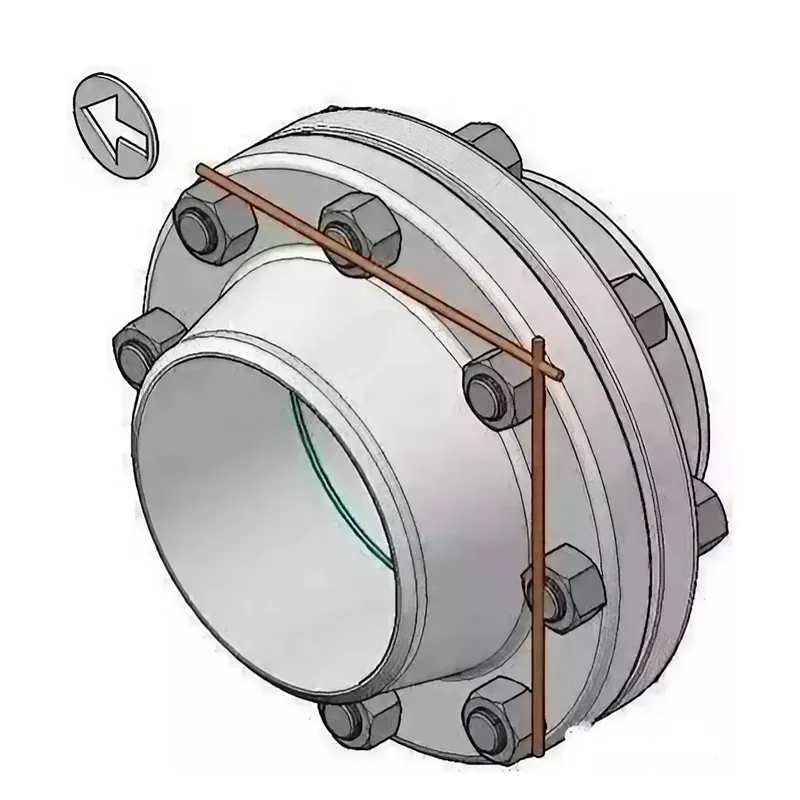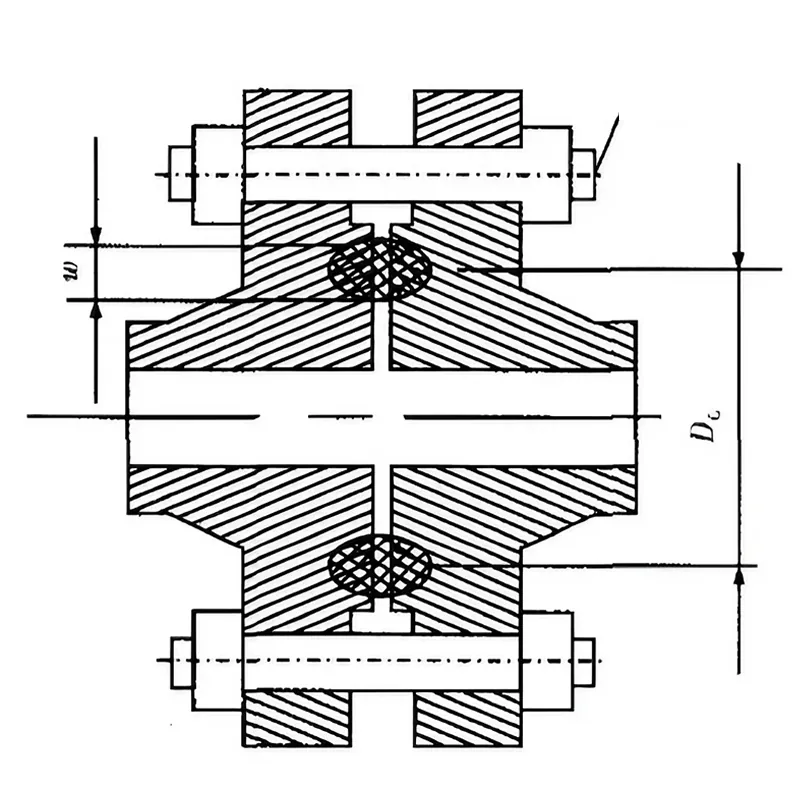Tightening Techniques: Choosing the Right Method for Flange Assembly
Flange connections are ubiquitous in piping and equipment, and their integrity relies heavily on proper Bolt Tightening. This article merges best practices for flange assembly and details a calculation example to determine the required tightening torque for flange bolts.
Key Considerations for flange bolting
Gaskets: Verify the gasket is new, undamaged, and compatible with the flange and application. Reuse is not recommended.
Flanges: Check for scratches, corrosion, or excessive wear on the sealing surfaces. Ensure proper alignment.
Bolts and Nuts: Inspect for cleanliness, thread integrity, and proper size/grade according to design specifications. Minimum thread engagement (threads exposed after tightening) should be met. Lubricate threads and contact surfaces with a suitable anti-seize compound before assembly.

Tightening Methods and Sequence
The selection of a tightening method depends on factors like application pressure and criticality. Here are common methods with their tightening sequence:
Torque Wrench:
Develop a symmetrical tightening plan, following a numbered sequence (typically starting from the clock face's center and progressing outwards in a spiral pattern).
Position the gasket and hand-tighten the bolts.
Apply multiple tightening cycles (at least 3) progressively increasing the torque (e.g., 50%, 80%, 100%) on diametrically opposed bolts followed by pairs spaced 90 degrees apart until all bolts reach the specified torque.
For a final pass, tighten all bolts to 100% torque in the chosen sequence.
Record the final torque values for future reference.
Bolt Tensioner:
Similar to the torque wrench method, establish a tightening plan and determine the appropriate tensile force for the bolts.
Tighten each bolt individually using the tensioner, following the same sequence as the torque wrench method.
Gradually increase the tension in stages (e.g., 50%, 80%, 100%) ensuring uniform pressure application.
Record the final tension values.

Importance of Accurate Tightening Torque:
Improper bolt torque can lead to gasket damage, bolt failure, and leakage. The following formula calculates the required tightening torque:
T = (k * f * d) / 1000 (Metric Units)
Where:
T = Tightening Torque (Nm)
k = Nut Factor (dimensionless)
f = Bolt Load (N)
d = Bolt Diameter (mm)
The nut factor accounts for friction between threads and contact surfaces, and its value can significantly impact the resulting bolt load for a given torque. A small change in the nut factor can lead to a substantial difference in gasket compression force.
Calculation Example: Air Cooler Flange Connections
This example demonstrates calculating the tightening torque for an air cooler flange connection:
Known Data:
Design Pressure (p) = 15.0 MPa
Flange Pressure Rating = 15.0 MPa
Nominal Diameter (DN) = 250 mm
Design Temperature = 100°C
Bolt Material = 35CrMoA
Bolt Specification = M36 x 3
Number of Bolts = 16
Through a series of calculations considering gasket properties, pressure loads, and bolt characteristics, the required tightening torque per bolt is determined to be 735.05 Nm.

Conclusion
Flange bolting requires meticulous attention to detail. Following proper assembly procedures and using the correct tightening method and torque ensure leak-free connections, minimizing the risk of equipment failure and ensuring operational safety. By understanding the factors influencing bolt torque and employing accurate calculation methods, engineers can achieve optimal flange joint Performance.
Why Choose SAIVS™ as Your Supplier?
With 20 years of industry experience, SAIVS is a leading Chinese manufacturer of high-quality tools, offering competitive pricing and excellent customer service.We pride ourselves on exceptional quality control, extensive experience, and comprehensive after-sales service.